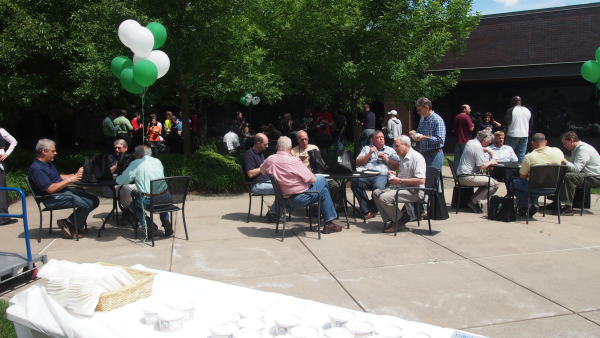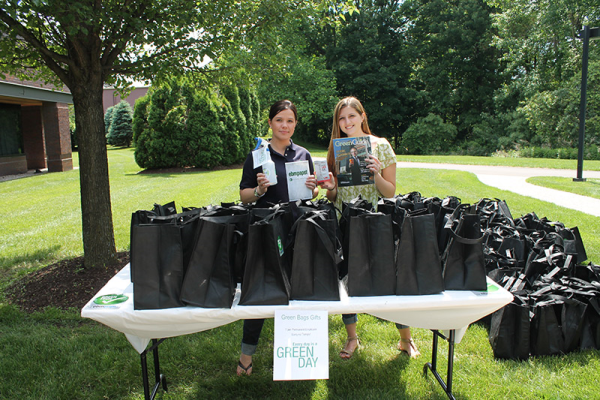Takeaways from AFCOM's Data Center World Conference
Data center professionals continuously seek more efficient ways to cool and ventilate their expanding data centers. Every year, ebm-papst showcases its cooling solutions at the industry’s premier trade event — AFCOM’s Data Center World Spring Global Conference. One of our key R&D ‘listening posts,’ AFCOM keeps us ahead of the curve in developing the most efficient GreenTech products for future data centers. More than 200 exhibitors, 1,000 attendees and dozens of presenters attended this year’s show.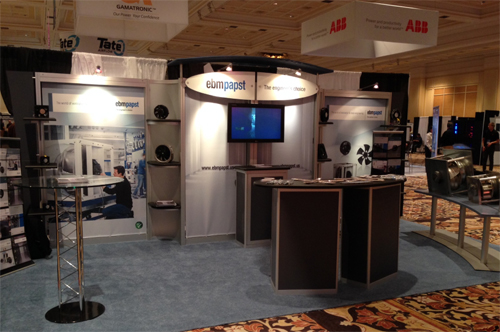 Insight #1: Up your game to meet changing requirements.
Insight #1: Up your game to meet changing requirements.
Industry trends tell us that over the next 10 years, Data Center Infrastructure Management (DCIM) will become an integral discipline for data center owners and managers who want to expand and reduce costs. Product suppliers must provide DCIM ready products with features not only to help their data center clients control their energy use but also help them implement and manage predictive failure and recovery protocols for their facilities. Our EC Greentech products include DCIM ready features above industry standards – leaving system designers and architects with variety of options.
Insight #2: New power configurations = greener operation.
More than half the power brought into many data centers is ‘lost’ to tasks like cooling before it arrives at these systems’ processors or hard drives. As a result, data center ventilation and cooling systems will move to electronically-commutated (EC) solutions, which better manage changes in the data center’s heat, boost cooling efficiency and compactness.
Insight #3: Location, Location, Location.
To provide free cooling benefits, data centers’ locations will be increasingly important. The owners of very large data centers will design brand new data centers tasked to provide the most efficient cooling available. Medium to small owners will begin to co-locate their data centers.
Insight #4: When, not if, Mother Nature strikes.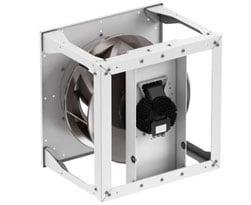
Even good UPS systems can’t provide backup power forever. Over the past few years, storms in the Northeast, tornadoes in the Midwest and earthquakes in California have forced data center owners to re-review their disaster recovery plans.
Increasingly, data centers are sharing loads across geographically dispersed locations, preventing a single natural disaster from bringing a system down. While this is a more robust solution, it also increases complexity and costs. Others are examining how cloud services can offer a certain level of continuous backup to preserve highly critical data.
As we control our impact on the environment and maintain the keystones of our nation’s IT infrastructure, we continue to make data center operations more efficient. Data Center World is where we source pertinent feedback that fuels ebm-papst’s newest GreenTech EC products working seamlessly with today and tomorrow’s DCIM systems.
To learn more about this topic, please contact Joe Landrette at ebm-papst Inc.


 by Lou Moffa, Market Manager – Commercial Refrigeration
by Lou Moffa, Market Manager – Commercial Refrigeration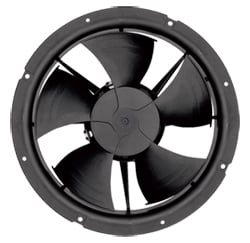
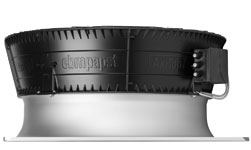


 by Liz Callaghan – Director of Customer Service & Logistics
by Liz Callaghan – Director of Customer Service & Logistics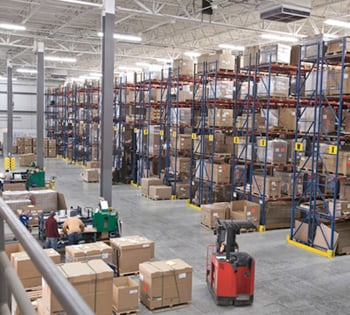 We recently replaced all lighting in our warehouse with new LED lighting, which will significantly reduce our energy usage.
We recently replaced all lighting in our warehouse with new LED lighting, which will significantly reduce our energy usage.

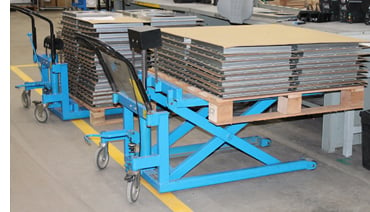 necessary injuries (such as back strain or pulled muscles) from product lifting, we researched, specified and installed many lift assist devices. These devices range from the simplest form of a Scissor Jack, whereby the product pallet can be raised off the floor to a more comfortable 32” working height, to more elaborate larger crane systems.
necessary injuries (such as back strain or pulled muscles) from product lifting, we researched, specified and installed many lift assist devices. These devices range from the simplest form of a Scissor Jack, whereby the product pallet can be raised off the floor to a more comfortable 32” working height, to more elaborate larger crane systems.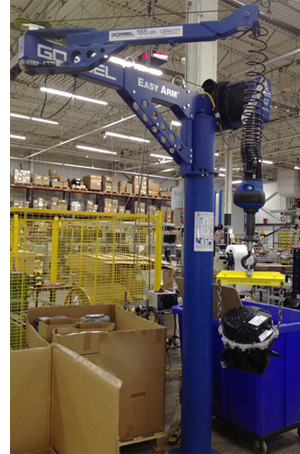 Bridge Cranes allow for mechanically assisted part lifting
Bridge Cranes allow for mechanically assisted part lifting


